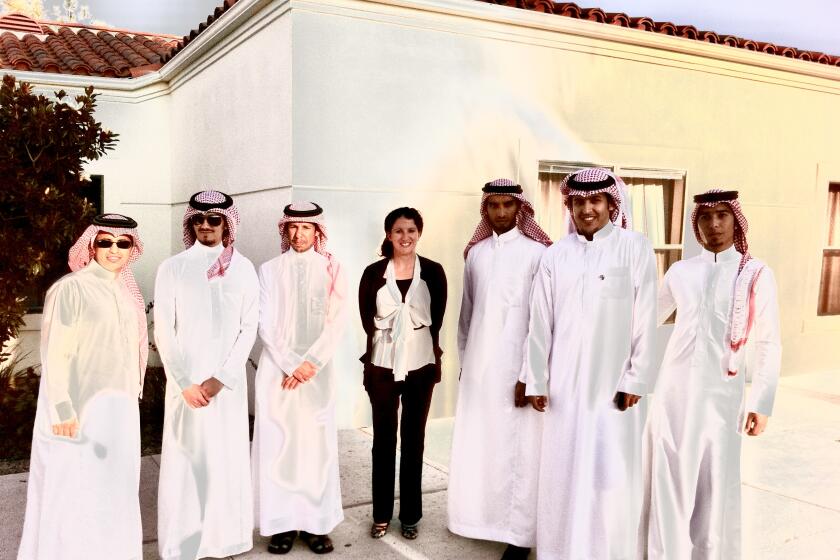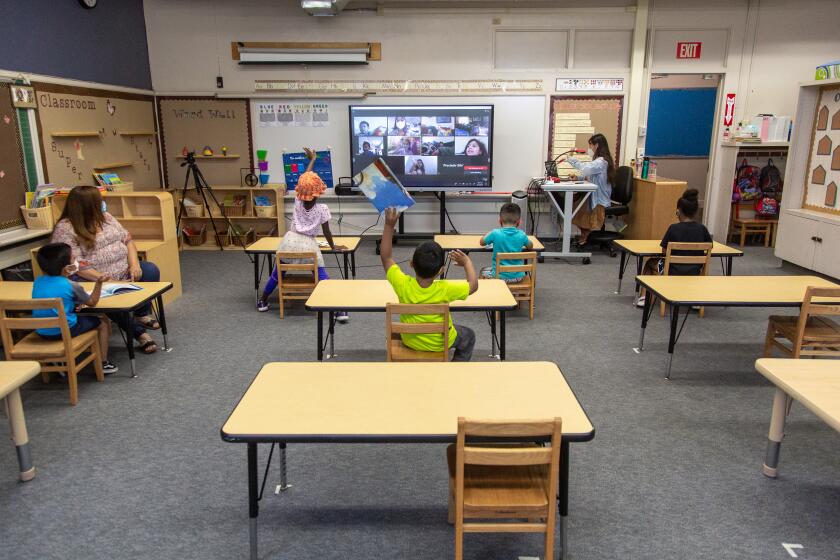Commentary: Balboa parking spat — Stick to the approved plans and listen to stakeholders
Every San Diegan knows there is not enough parking in Balboa Park.
The Palisades project does not conform to the established planning documents (and review processes) for Balboa Park as outlined in the 1992, City Council-approved Central Mesa Precise Plan and the 1989 Balboa Park Master Plan. Period.
Both plans specifically contemplated and approved future construction of the Palisades project only after the completion of the Organ Pavilion parking structure. Thus, following the direction of those plans, the Palisades project as currently scheduled discounts visionary awareness by skilled planners who understood clearly each project element also required appropriate sequencing to ensure park access and function. Function and access are critical.
By year’s end, the city’s crown jewel will have a 10-year road map, reclaimed park space and a to-do list to improve access, parking and internal circulation
The master and precise plans have been the two guiding documents for park improvements and have been, prior to this, the “Balboa Park Bible” by those now supporting this reclamation. The plans, embraced in 1989 and 1992, respectively, and approved by the City Council, consist of detailed proposals and processes, which included input from significant park planners and park stakeholders (especially taking into consideration our community’s desire to ensure the park would become a world-renowned arts, sciences and cultural center serving the region, nation and even international visitors).
Additionally, planning included public input and that of the institutions that operate in the park on our behalf seven days a week. As the two plans state clearly, the master and precise plans were created to give definition and guidance to the future development of Balboa Park.
The intent of the City Council-approved precise plan could not be clearer. Proximate parking development of the Organ Pavilion parking garage is the essential first step before reclamation of the Palisades. The plans acknowledged the importance of function first, to ensure visitor access.
The severe deficit of parking, especially apparent now in 2020, mandates precise plan conformance, since the master plan verbalizes from its very beginning the need for additional parking capacity, not less, emphasizing expected significant population growth within the San Diego region.
Let’s get back to common sense.
Every San Diegan knows there is not enough parking in Balboa Park, not every day but to the extent there’s a need for more parking, not less. The city/county population since 1989/1992 has increased significantly, tourism is up … it’s a destination.
Those supporting this project were vehemently opposed to the visionary next step for the park, Plaza de Panama, which would have built the Organ Pavilion parking structure and ultimately facilitated the Palisades reclamation — and removed people/car conflicts in the park’s core forever.
For another example, the Plaza de Panama project first introduced in 2009 by Mayor Jerry Sanders and our community’s most generous philanthropists and leaders, Irwin and Joan Jacobs, was approved by the City Council overwhelmingly in 2012 and again in 2016. During those years since, we’ve been held hostage by the litigiousness of a small minority of our community, which ultimately detracts from our willingness to vision the future with an expectation to better our sacred institutions and community jewels. We have nothing to show for a $20 million investment.
A misnomer plagues Balboa Park, the fallacy from park activists who believe we must “activate” the open spaces of the park. They conveniently discard the many visitor studies that reveal the No. 1 reason people come to Balboa Park is (as our community intended) to visit one of the park’s cultural, science or arts centers of excellence. Thus, the park is fully activated when each institution opens for the day, or operates an evening event. Translated, their intent is to convert needed parking to a tables/chairs setting, deviating from park planners’ intent to provide accessibility to the geographically friendly special experiences.
But let’s get back to basics — and not bend to the will of a vociferous few who have no skin in the game and don’t operate any of the park’s institutions — and ensure we as a community truly care about the more than 3,500 employees and 7,000 volunteers who make the park tick every day. We risk marginalizing their dedication by limiting park access.
There will be a time in the future to reclaim the Palisades, it’s just not now … and appropriate sequencing will ensure its success.
Kidrick is president & CEO of the San Diego Air & Space Museum.
Get Weekend Opinion on Sundays and Reader Opinion on Mondays
Editorials, commentary and more delivered Sunday morning, and Reader Reaction on Mondays.
You may occasionally receive promotional content from the San Diego Union-Tribune.





